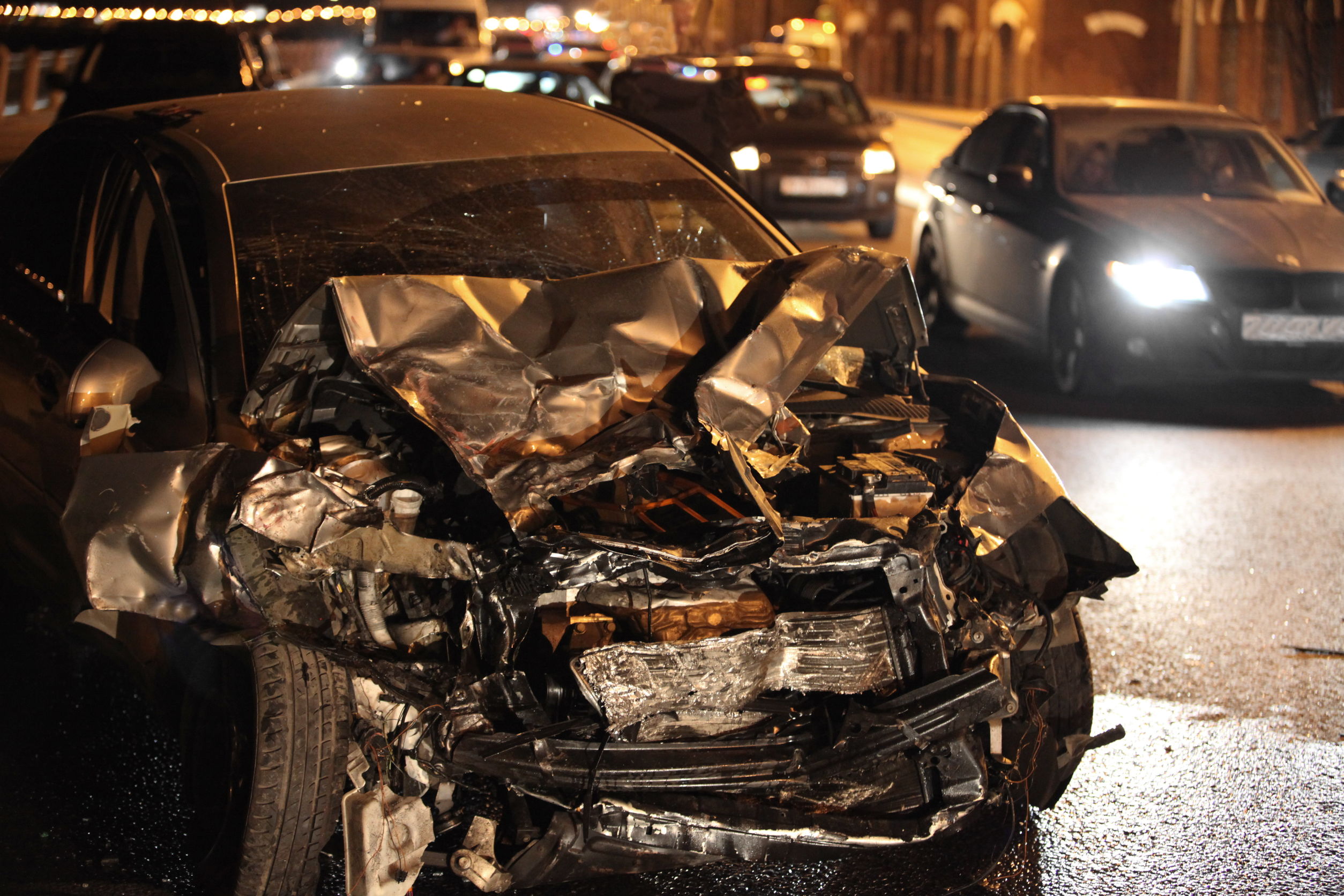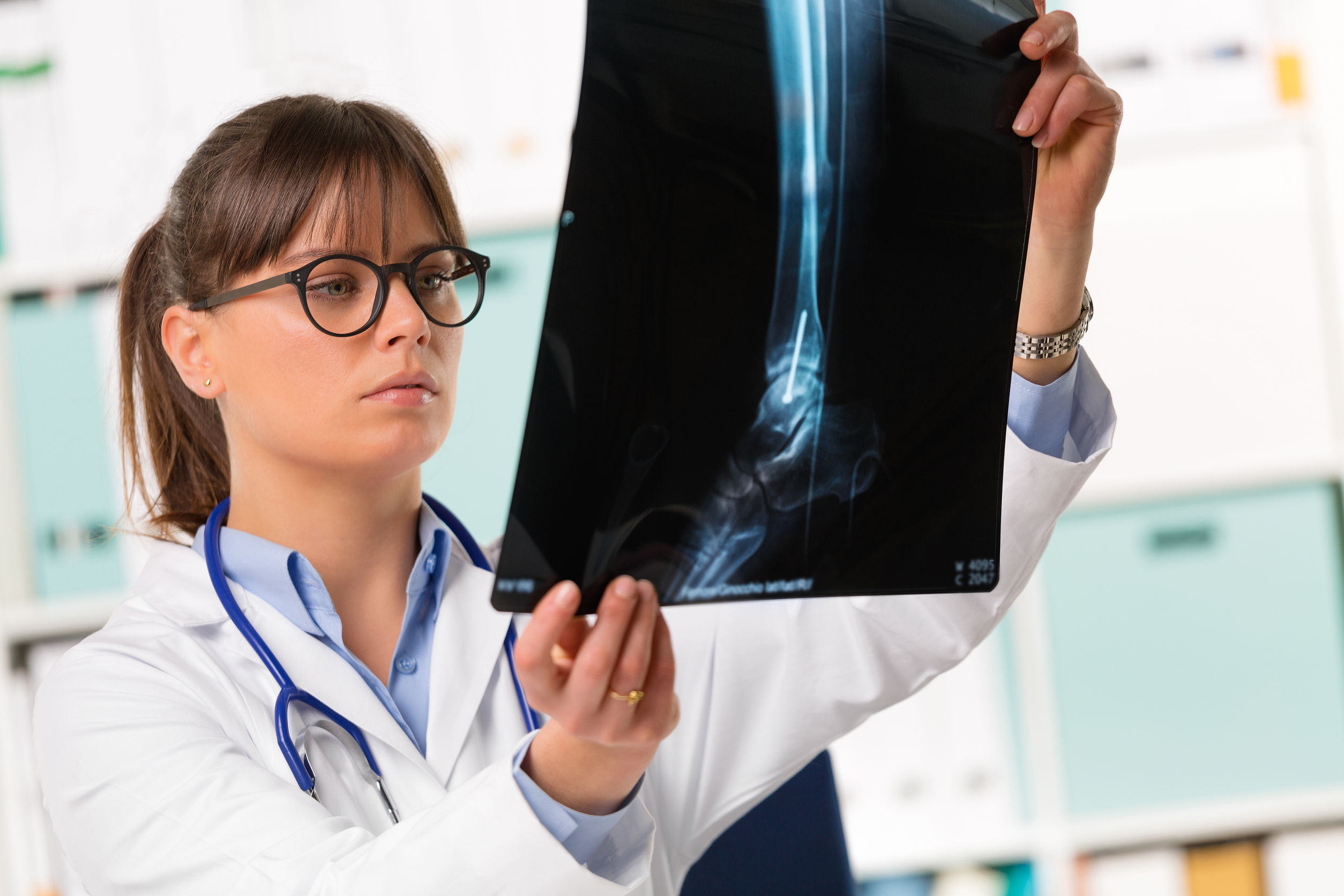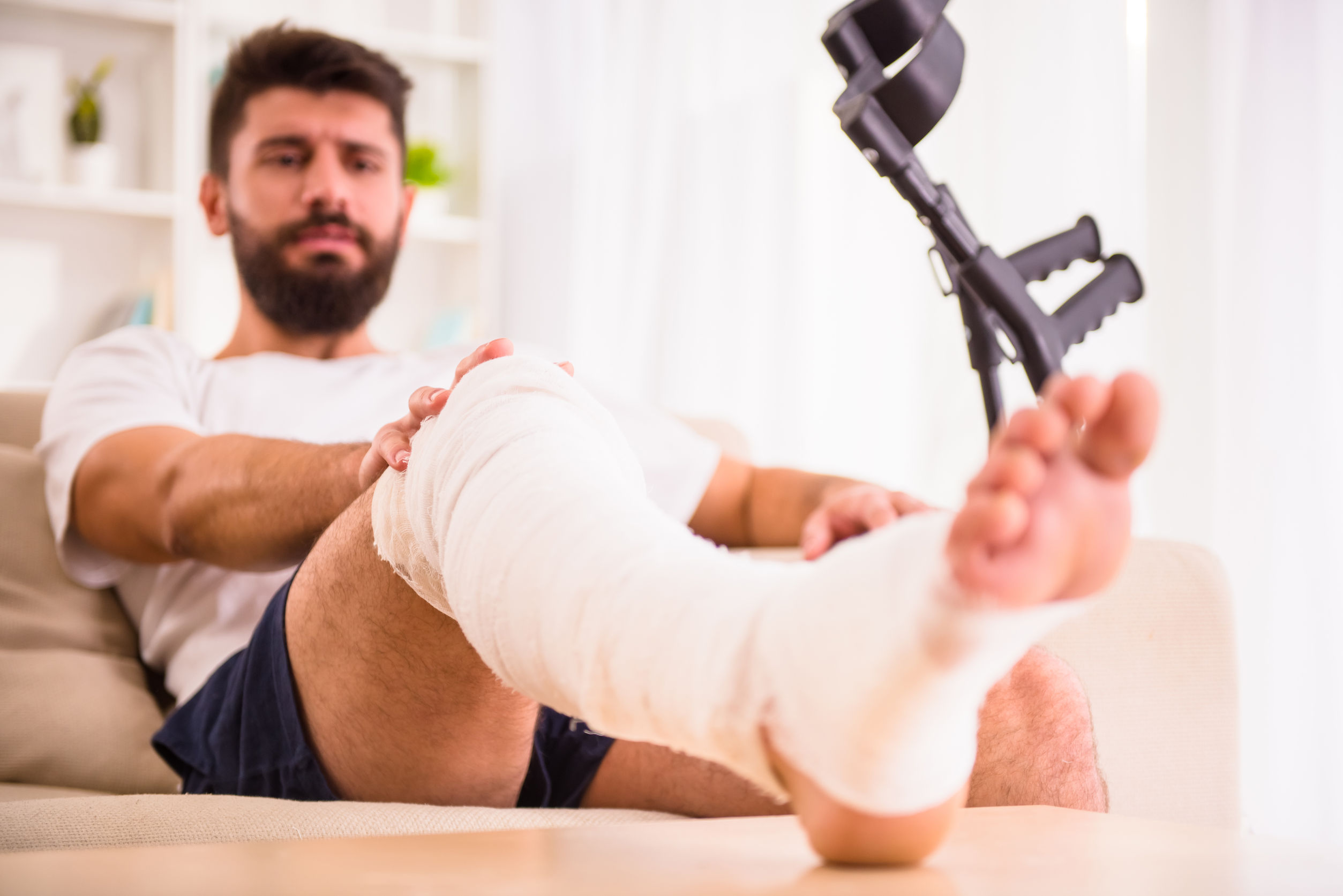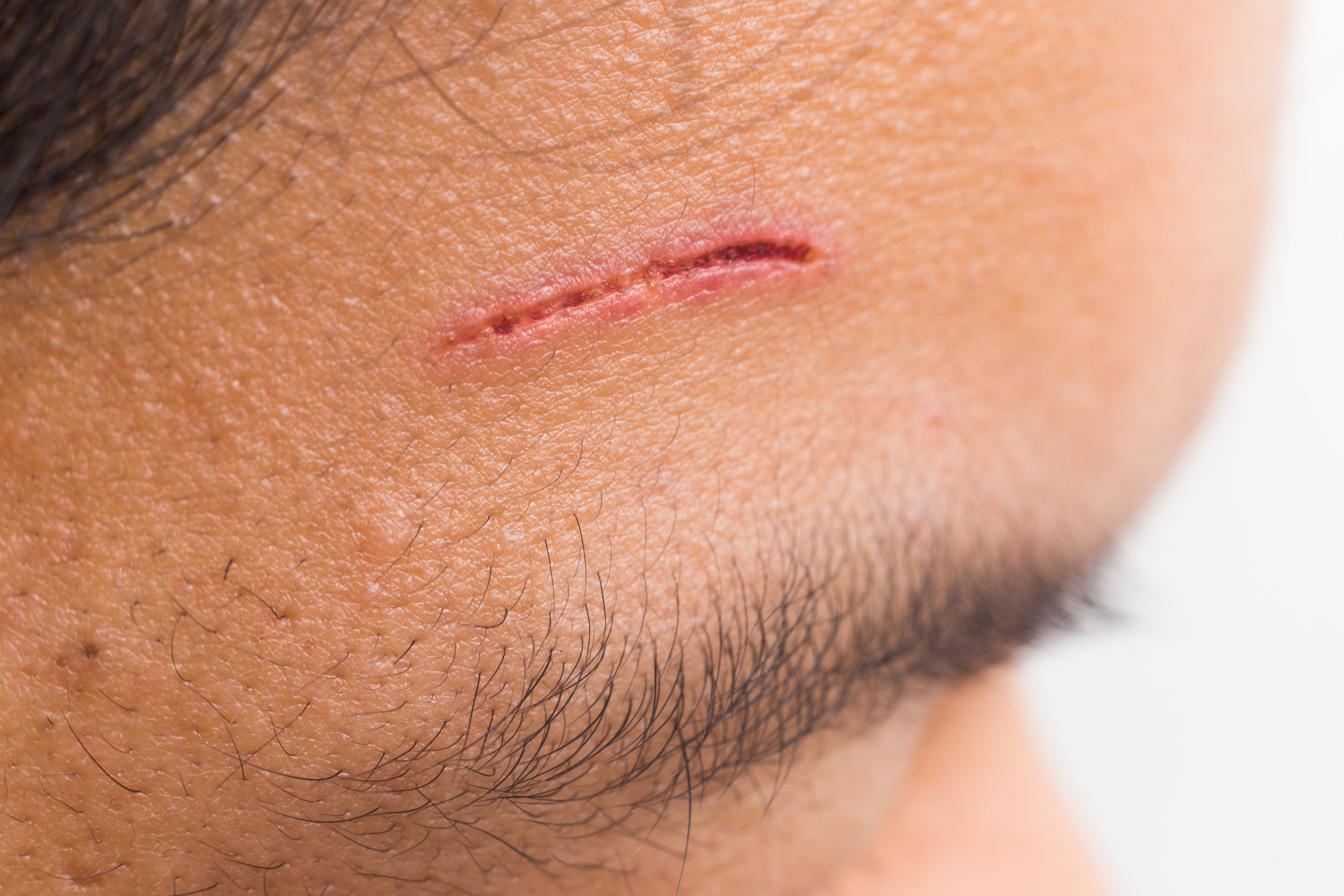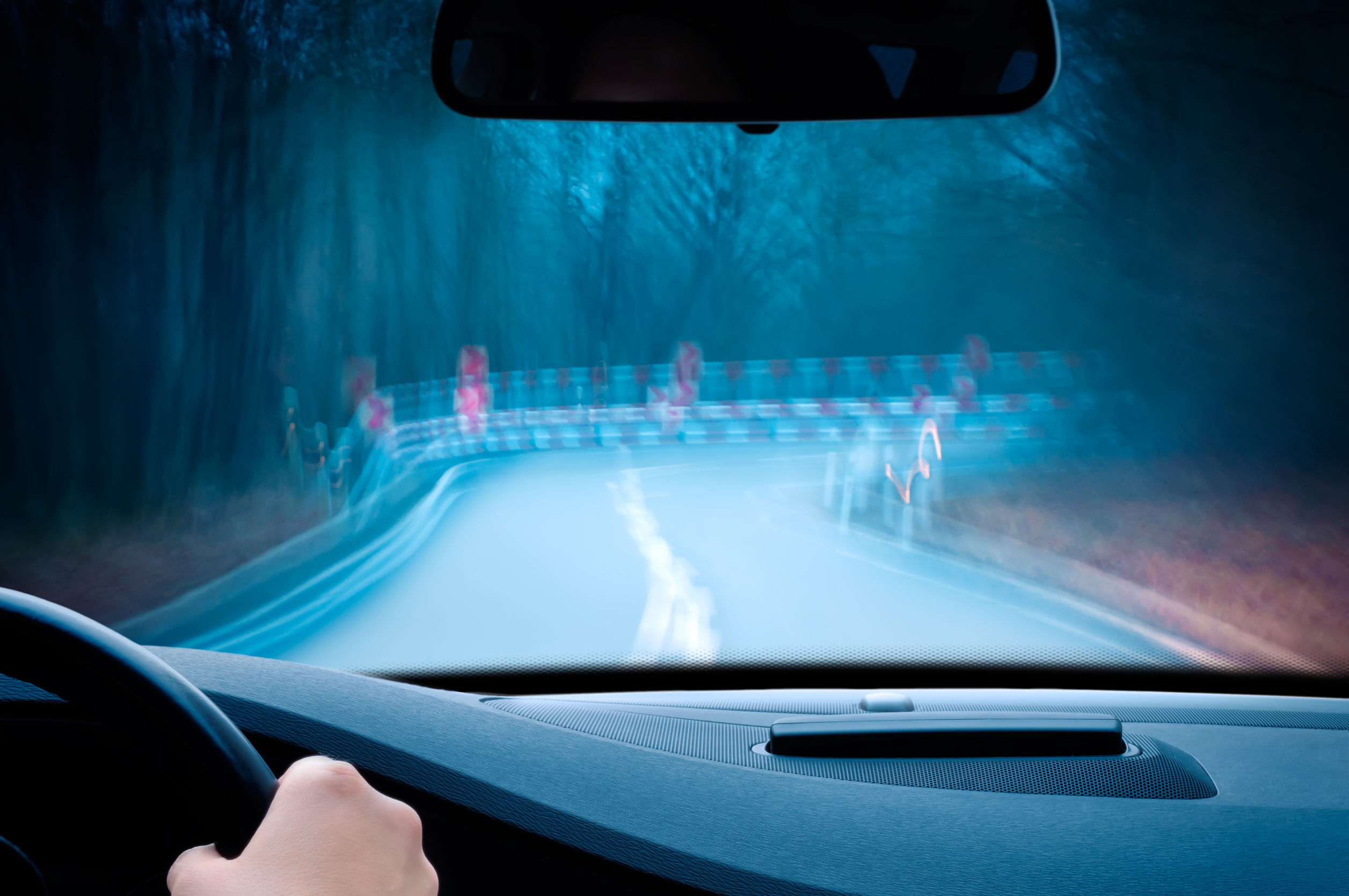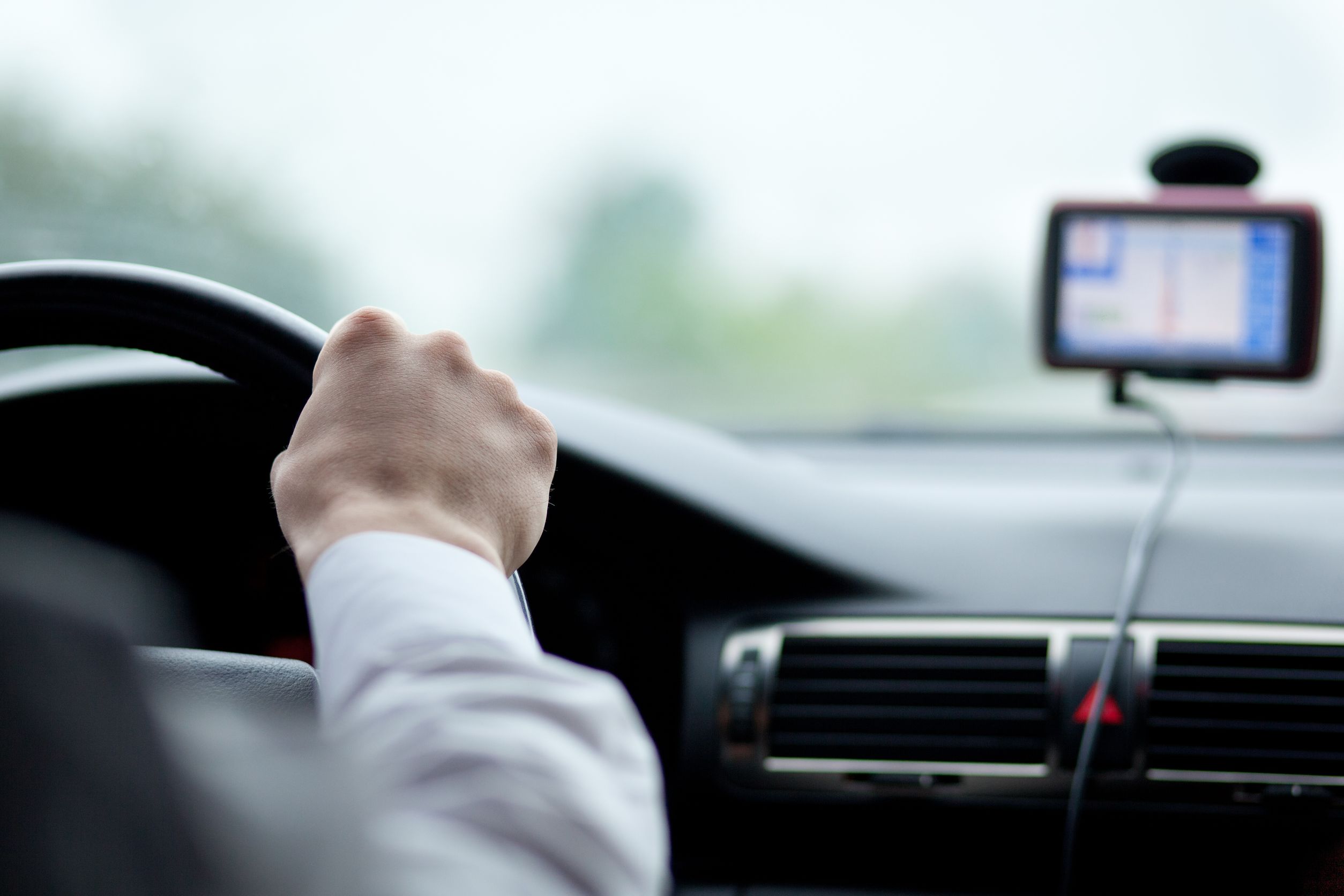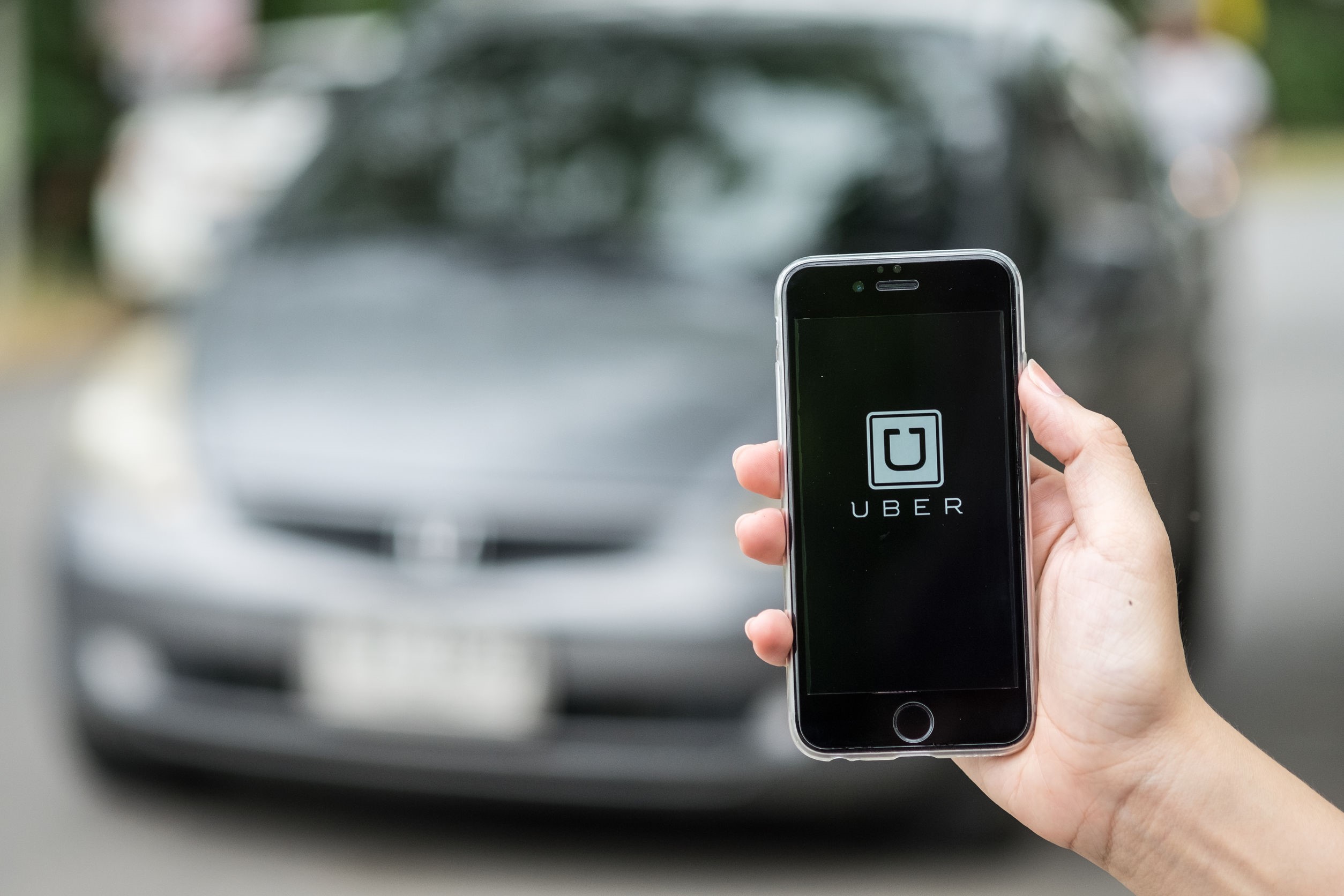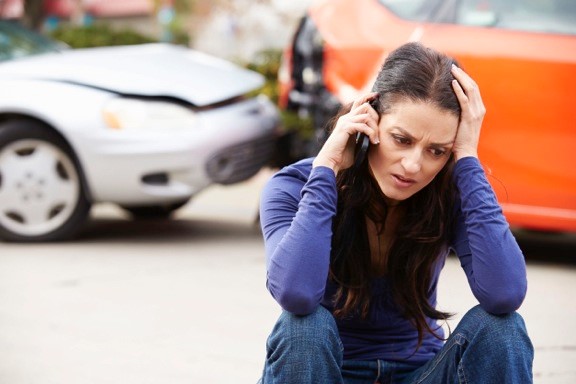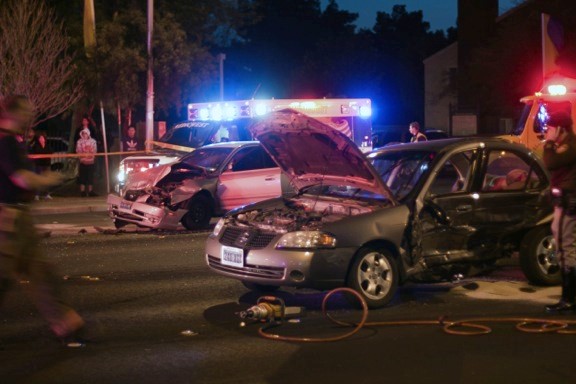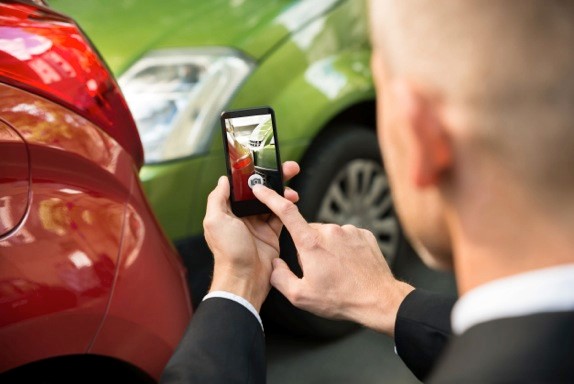Hit by a Drunk St. Paddy’s Day Driver in NY? Damages That Apply
New York has proudly hosted the St. Patrick’s Day Parade since 1770. That’s an astounding 248 years!
Drunk driving on that holiday and throughout the year , despite all the warnings out there, still exists. Unfortunately, that fact results in many DUI arrests and injuries caused by drunk drivers.
If you were injured due to a drunk driver, we can help you sue for a number of different types of damages under the law. Here is what you need to know about filing a claim.
Understanding New York Injury Compensation Laws
When you have injuries from a motor vehicle accident in New York, you must first file a claim with the proper insurance company for coverage of medical bills and lost wages, whether you were at fault or not. This is because New York has a “no fault” insurance law in place.
Sometimes, injuries are significant enough that compensation can be sought from the other driver’s insurance company if the other driver was negligent. These are some of the types of injuries that may qualify for compensation and/or result in a lawsuit:
- Amputations
- Bone fractures
- Significant disfigurement
- Significant limitation of body system or function
- Certain types of disability for at least 90 days out of the first 180 days following the accident
- Permanent loss of use of a limb or body organ
- Death
Seeking Damages for a Drunk Driving Accident
If you are considering filing a lawsuit for an injury accident with a drunk driver, these are the types of damages you may be able to seek:
Lost income
If you had to miss work due to circumstances created by the accident, you may seek compensation for lost wages. This can include future lost income if you must miss work for rehabilitation or due to disability.
Medical expenses
This covers hospital costs or doctor visits over a certain amount covered by no-fault insurance and prescriptions. It also includes ongoing medical expenses into the future (subject to no-fault limitations) if you will be in the need for further treatment and therapies.
Pain and suffering
If your injuries are deemed to have caused pain and suffering after the accident, your attorney will be able to explain the laws of present and future pain and suffering.
Additional losses
If your love one was killed in the accident, you can sue for wrongful death.
If your case goes to trial, a jury will determine your eligibility for damages according to the following conditions:
- Projected amounts for ongoing medical treatment
- The amount of lost income
- The level of disability resulting from the accident
- Pain and suffering from the date of accident into the future
Check with a knowledgeable New York injury attorney to learn more about what damages you can seek in your case. Keep in mind that all claims must be filed within the New York statute of limitations.
Moreover, it is important to know that New York operates under something called comparative negligence. What this rule means is that each party’s level of fault is taken into consideration when awarding compensation.
For example, if you were hit by a drunk driver, but you were speeding at the time of the accident, the jury may find you to be 40 percent at fault for the accident. If the total compensation awarded in the case is $10,000, you will receive a maximum of $6,000 because your 40 percent fault is deducted from the total.
Get Help from a Skilled New York Car Accident Attorney
A vehicle accident case can be complicated. You need a skilled attorney to advise you on the best route to take. A lawyer with years of experience in cases like yours will work hard to secure the compensation you deserve. Call today for your free case review and consultation.
Car Crash Injuries New Yorkers Commonly Experience
Car accidents in New York can cause all kinds of different injuries and many of them are pretty serious. Depending on the nature of the crash itself and a wide variety of other factors, if you are involved in an auto accident you might escape with broken bones, bruises, lacerations, muscle damage, a head injury – and that’s only the beginning.
Injuries can result even from minor car crashes. Worse, sometimes you may not notice any symptoms for several days – or even weeks – after a car crash. Below we’re going to detail the types of injuries that are most commonly associated with car crashes, as well as why some injuries don’t show up right away.
Common Car Crash Symptoms and Injuries
If you notice any of these symptoms after a car crash, it’s likely they were caused by your accident:
- New pains
- Stiffness
- Muscle aches
- Limited range of motion
- Interrupted sleep
- Low energy
- Dizzy feelings
- Blurred vision
- Nausea
- Headaches
- Memory problems
- Difficulty with concentration
- Hazy thoughts
These may not seem like a big deal, but they can be signs of serious medical conditions and you need to visit a doctor for a thorough medical evaluation. Also, a medical record is the single most important evidence to support an insurance claim or a liability lawsuit. You don’t want to be stuck with ongoing medical bills due to someone else’s negligence if you were otherwise entitled to have them paid by an insurance company.
The most common injuries from car crashes include the following:
Head Injuries
Concussions are known for causing headaches and disruptions to normal cognitive processes. Other brain injuries can cause permanent loss of function. You may also experience vision problems, skull fractures, and hearing loss from a car crash. Any of these conditions will require long-term medical care.
Spinal Cord Injuries
Any damage to the spine can cause lasting problems. Herniated disks are painful and immobilizing. More serious damage to the spinal cord can cause nerve damage or paralysis. You may have a spinal cord injury if you feel weakness in your muscles or tingling, pain, or numbness in your arms or legs.
Back Injuries
Your back muscles will often tense up during the accident impact. You may experience significant back pain after an accident that could require months of care or even surgery.
Neck Injuries
When the neck and head suddenly move back and forth, the surrounding muscles, tendons, and ligaments can be damaged. This can result in months of pain, stiffness and reduced range of motion and possibly surgery.
Chest Injuries
You may experience broken ribs, damage to internal organs, or collapsed lungs if you hit the steering wheel or dashboard. Any of these conditions will require emergency medical care.
Injuries to Extremities
Broken bones, torn ligaments, and muscle wounds are common in hands, arms, legs, and feet. They may require extensive treatment or surgery.
Cuts and Scrapes
Any object like a phone, book, pair of glasses or drinking mug can fly loose and cause cuts or scrapes. You may also be injured from hitting the car interior. Some cuts and scrapes will heal by themselves. Others may need stitches. If you notice any bruises that aren’t healing, seek medical treatment as they may indicate internal bleeding.
After a New York Auto Accident Injury
As mentioned above, sometimes you can be seriously injured and feel fine at the scene. How is this possible? Because after a traumatic experience, your body releases endorphins and adrenaline that can help to block the pain from any harm that was done to you. Once those powerful chemicals wear off, though, you’ll start to feel any symptoms that were being masked.
Because of this, it is imperative that the first thing you do is see a doctor if you have any symptoms following the accident. After that, make sure that your next call is to an experienced New York personal injury attorney. A skilled professional who has successfully handled cases like yours before will be able to tell you whether or not you appear to have a viable case and let you know what options are available to you to get the compensation you deserve. Reach out today for a free consultation.
Who Can Be Held Liable in New York for Drunk Driving Accidents
Drunk driving crashes are some of the most dangerous auto accidents, often resulting in severe injury or death. Tragically, all drunk driving accidents are preventable as they are a direct consequence of the drunk driver’s negligence.
If you or a loved one have been the victim of a drunk driver, you are likely trying to make sense of this event and may be very angry to have fallen victim to the carelessness of another. You may also be facing financial burdens related to the accident, compromising your family’s financial security. In this case, a personal injury lawsuit allows you to fight for compensation as well as to provide some sense of closure and justice.
In a drunk driving accident, generally the most fault is placed upon the drunk driver as he or she was the one who chose to drive impaired. However, in some circumstances other parties can also be held liable for drunk driving accidents. A knowledgeable personal injury attorney can help you to establish which parties should be held liable in your case and get you the compensation that you deserve.
Let’s take a look at some of the parties who can potentially be sued if you are injured in a drunk driving accident.
Driver
As mentioned above, if you have been a victim of a drunk driving crash and the driver was arrested for a DWI or found to be otherwise impaired by alcohol (such as a blood test administered by a hospital if the driver was also injured), the driver should be held liable for damages resulting from the accident.
Drunk driver liability in New York may be different than in other states since New York is considered to be a “no-fault” state. No matter what the cause of the accident, if you suffer an injury, you should initially file a claim with your own insurance company (or the insurance company of the car you were in or the insurance company of the car that struck you as a pedestrian) for medical expenses and lost wages up to $50,000. Your compensation for pain and suffering and additional medical expenses / lost wages must be pursued in a lawsuit against the driver and owner of the negligent vehicle.
If you are involved in an accident and believe that the other driver may be intoxicated, it is important to take action at the scene of the accident if at all possible to establish the DWI by calling the police immediately.
Common signs of intoxication include:
- Smell of alcohol or attempt to conceal the odor such as by the use of breath spray.
- Attempt to conceal or dispose of alcohol containers.
- Slurred or incoherent speech.
- Use of eye drops.
- Attempt to switch places with passengers.
If you observe any of these signs, be sure to report them immediately to the 911 operator and to officers who came to the scene of the accident.
Regardless of the accident’s cause, it is important to gather evidence ,if you physically able to, establishing fault at the scene of the crash. This may be helpful in seeking compensation for injuries later on.
Drinking establishment
In some cases, a third party that provided excessive alcohol to the drunk driver may be held partially liable for any accident that results. Laws governing drinking establishment liability are known collectively as dram shop actions deriving from the historical fact that alcohol was previously sold by a unit known as a “dram.”
Dram shop actions are very fact specific and bound by strict legal principles so you must consult a knowledgeable personal injury attorney to explore the possibility of this type of case.
If you or a loved one has suffered injury in a drunk driving accident and you want to file a suit against the responsible parties, it is important that you act quickly. Reach out to our office now to start fighting for the compensation you deserve.
What If I Get Hurt in an Accident with an Uber or Lyft in NYC?
Whether parking is too expensive, you’re going out for a night of drinking, or you just don’t want to take the subway, there are lots of reasons to be thankful for rideshare apps like Uber and Lyft.
However, even though consumers have quickly made these apps household names, the logistics of how Uber, Lyft, and other rideshare apps work as transportation businesses are still being worked out. Cities have specific guidelines for taxi and limousine drivers that Lyft and Uber were able to avoid as they were gaining popularity. Now, New York Uber and Lyft drivers need to obtain a TLC license, but there are still some a number of complications. One of the biggest ones? The issue of insurance and what happens when a rideshare vehicle is involved in an accident.
On New Year’s Eve in 2013, a 6-year old pedestrian was killed by an Uber driver who was between fares. The lawsuit that ensued led to Uber creating a $1 million insurance policy that promised riders that they would be covered in case of an accident. Lyft quickly followed suit with a similar insurance policy.
Uber’s $1 million promise is nice, but there are still many questions surrounding what happens if you are involved in a rideshare auto accident. When does this insurance apply? What options do rideshare drivers have if they are in an accident between rides? What exactly does the insurance cover? How does New York’s no-fault insurance play in to the proceedings?
Below, we’re going to try to answer some of these questions.
Understanding How Accidents Involving Rideshare Vehicles Work
If you are a driver, passenger, cyclist, or pedestrian who suffers medical or economic damages due to an auto accident in New York, you qualify to receive up to $50,000 in medical bills/lost wages compensation through our state’s no-fault laws.
These laws, however, do not cover things such as pain and suffering. That requires you to file a separate bodily injury claim.
In order to receive either type of compensation, you will need to file a claim and battle insurers.
Who pays? It depends on whether you were a driver, passenger or pedestrian.
For Rideshare Drivers
Before you sign on to be an Uber driver in New York, you will have to get a specific TLC license as well as commercial insurance. Uber and Lyft drivers are independent contractors so it is important for drivers to be transparent with their insurance coverage and know what will be covered in case of an accident while driving for Uber or Lyft.
The insurance policy for Uber drivers is determined based on what the driver is doing when he/she gets into an accident. If the driver is in an accident while the app is turned off and the driver is not working, he/she will likely have to rely on personal insurance. This may also apply if the Uber app is on, but the driver hasn’t accepted any rides yet. If, for example, a passenger has just left the car and at the next red light the driver gets in an accident, the driver may have to rely on their personal insurance.
If the driver is on the way to pick up a passenger, they may need to use their personal insurance policy first though Uber does offers additional contingent liability coverage.
Lyft claims that it goes even further, offering an insurance policy if the driver has the app open but hasn’t yet matched with a passenger.
If an Uber driver is carrying passengers or a Lyft driver has accepted a ride, the $1 million insurance policy allegedly applies. Lyft drivers, however, still have to make a claim with their own personal insurance coverage before relying on the company’s $1 million coverage.
All of the above is subject to legal interpretation and is not at all black and white.
For Rideshare Passengers
Since the passenger is already in the car, the $1 million insurance coverage may apply. Even if you are comfortable with the coverage that you are offered, you should still treat the accident like any other. Get pictures of the damage and gather any witness testimony from pedestrians or drivers who saw the accident happen. Collect the names and license plate numbers of any involved drivers as well – including yours. You may be called as a witness to the case, so be ready to share your version of what happened.
For Pedestrians
If you are hit by a rideshare driver while walking, you may have to rely on the three-tier insurance structure of the company. Depending on the driver’s status, you may be able to file a claim with Uber or with the driver’s personal insurance.
As with passengers, it is crucial to get all of the important information about the car, the driver, and anything that could help you prove the driver’s negligence if you need to go to court. As stated above, there may be varying legal interpretations and it is not at all black and white.
For Other Drivers
Treat this as you would any other accident with another driver. Depending on the court’s or jury’s interpretation of the status of the rideshare driver at the time of the crash, you may end up going through the rideshare driver’s personal insurance or through the insurer for the rideshare company.
If You Have Been Involved in an Auto Accident
Before you hitch a ride with an Uber or Lyft, know what you are getting yourself into. Be aware when you are riding as a passenger and hold drivers accountable for adhering to the rules of the road.
Even though Uber and Lyft allegedly promise compensation after an accident, initially trying to get the money from these companies is not at all as easy as it seems and every situation is different. The interpretation of the law is usually a gray area. If you are in an auto accident and need guidance filing your claim and dealing with the insurance companies, reach out to a New York personal injury lawyer.
Where are the Most Dangerous Auto Accidents in New York City?
No one wants to get into an accident in the middle of New York City. With so many people, cyclists, and property squeezed into every single block, accidents run the risk of injuring multiple people and racking up a lot of property damage.
Whether you’re driving, walking, or biking around the city, there are probably some areas where you feel more comfortable and some that make you nervous. Maybe you even avoid some streets or neighborhoods for fear of an accident. But do your fears match up with the statistics? Where are the most dangerous areas for getting into a car accident in New York?
Most Dangerous Areas in NYC Spread out Throughout City
TimeOut and the New York City data portal have recorded and organized the list of car accidents that have occurred in the first few months of 2017. The data shows that from January 1-April 3, New York has already seen over 53,000 accidents (600 per day) that have injured over 13,000 people and killed 11.
Some of the areas with the most accidents include:
- Hope (and the rest of the West Bronx)
- Hunts Point
- Flatlands and Central Brooklyn
- Briarwood
- DUMBO
- Kips Bay
Most of these areas have something in common: they’re along the highway. So be extra careful when you’re on or near the highway – especially in these specific areas.
What Should You Do After a Car Accident?
Even if you travel safely and avoid areas with high rates of auto accidents, simply going out puts you at risk for getting injured. Because of this, it is important that you understand what you should do if you do get hurt.
Most people have a fairly intuitive understanding of the basics, but remembering the following tips can go a long way towards helping your claim and making the entire process go more smoothly.
Gather Thorough Evidence: Immediately after the accident, check to make sure everyone is safe and seek medical attention if necessary. If no one needs to head to the emergency room, the real work begins.
Collect evidence and record as much as you can about the car accident, from the road conditions to the testimony and contact information of witnesses who saw the incident take place. Having a full account of the accident from multiple sources will help later on when you are talking to your insurance provider – and if you need to go to court.
Begin to Track Expenses: Car accidents can rack up more bills than just trips to the hospital. If a car accident leaves you unable to work or drive, you may be able to receive compensation for those damages. Begin to keep a log of this information to provide to insurers or in court.
Report the Accident Promptly: Legal matters come with deadlines, even if you are busy seeking medical attention. Report the accident to your insurance company immediately. Delays may cause problems with getting your medical bills paid and lost wages reimbursed.
While your claim is being investigated, you may have to provide photos of your car (or bike or yourself), submit proof of medical attention or give other forms of evidence. This is where thorough documentation of the accident and its aftermath starts to pay off.
Remember That You Have Options after Negotiations
Accidents caused through the fault of others may entitle you to money damages for your pain and suffering and lost wages.
Want to learn more about receiving compensation after an auto accident? Talk to a New York personal injury lawyer.
About the Author:
Richard Bell is a personal injury lawyer serving the community in the five boroughs, Long Island and Westchester with offices in Manhattan and Queens. His extensive knowledge of personal injury (including construction accidents, medical malpractice, auto accidents and falldowns) has resulted in great success for many of his clients during the past 34 years. In addition to winning his clients millions of dollars from personal injury lawsuits, he has been awarded for his pro bono work and is passionate about educating citizens about voting rights.
This website contains “Attorney Advertising.” It is designed for general information only and should not be construed to be formal legal advice. Prior results cannot and do not guarantee a similar outcome. Please contact us by telephone or email. Be advised that using any method of communication to contact us does not create an attorney – client relationship. In order for this office to represent you, we must enter into a written retainer agreement. Simply contacting us does not create an attorney-client relationship. Please do not send any confidential information to this office until after a signed retainer has been entered into by you and this office.
